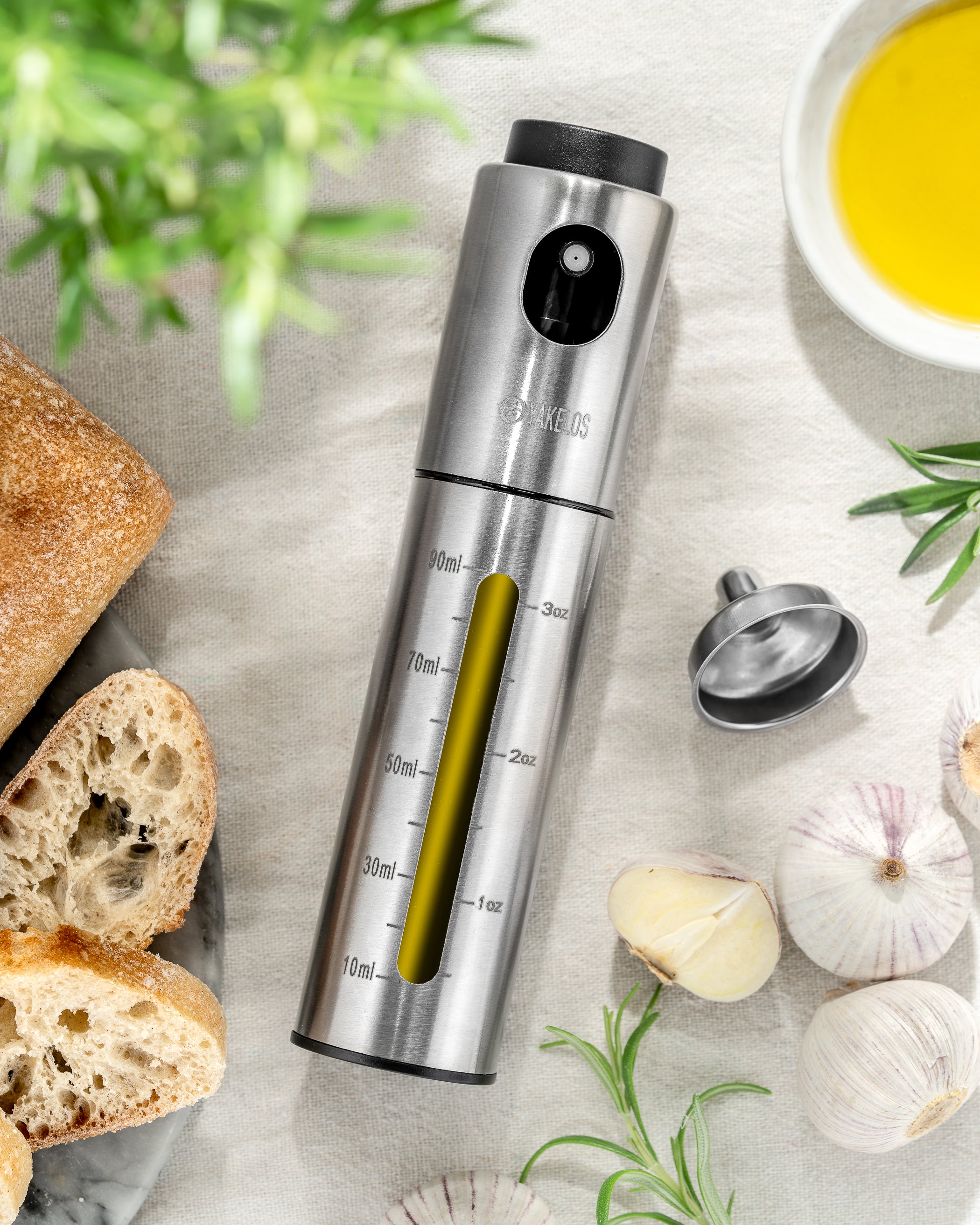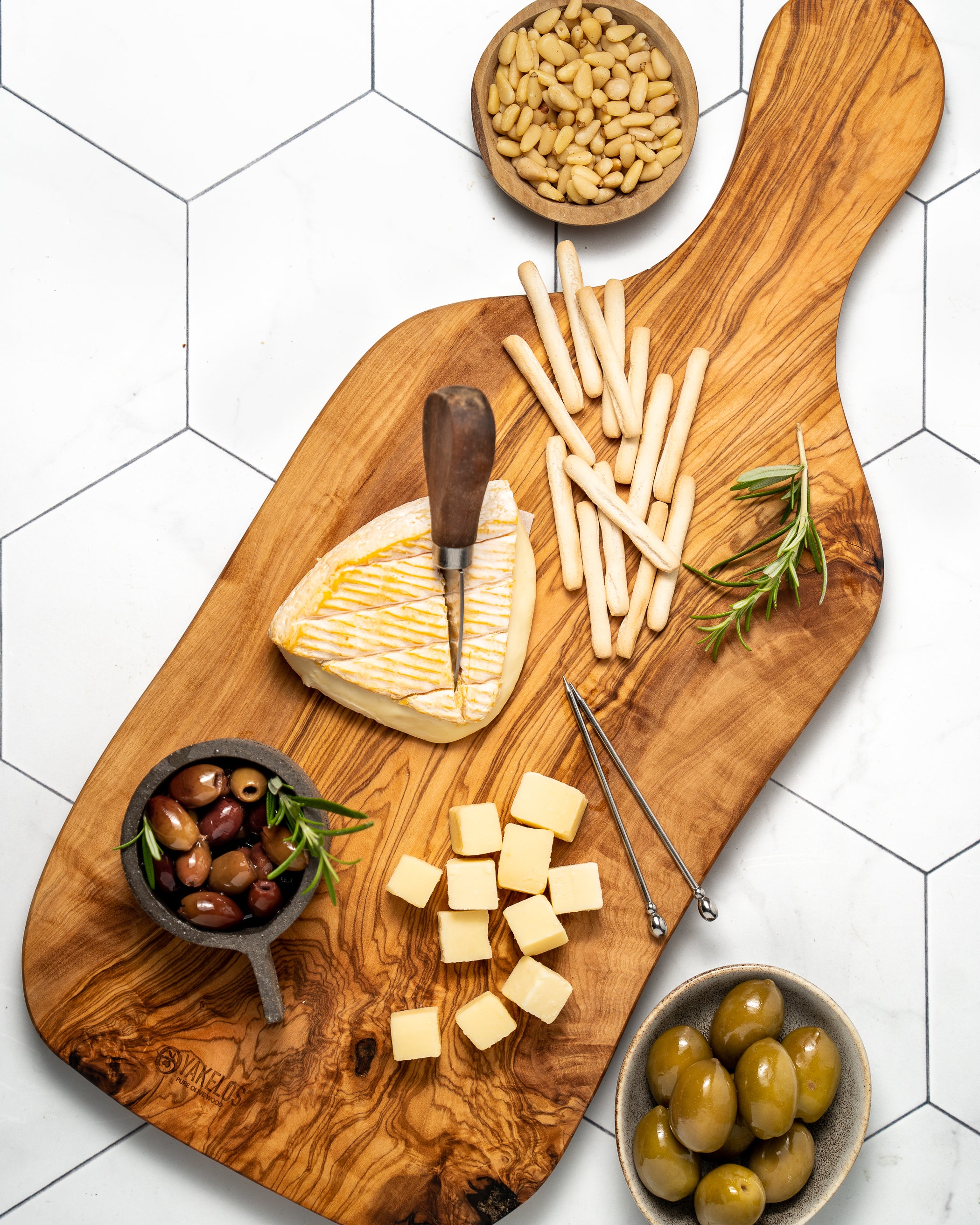
According to official history, Sugo alla Puttanesca is not that old, but it does have an interesting history.
The first time we encounter Sugo alla puttanesca under its current name in literature was in 1961. The dish is mentioned in 'Ferito a Morte' ('Fatal Wound'), a thriller by Raffaele La Capria. He writes: spaghetti alla puttanesca come li fanno a Siracus a ('spaghetti alla puttanesca, as they make it in Syracuse'). Now Syracuse is a place in Sicily and that place has a long culinary history.
However, several recipes in older Italian cookbooks from the 19th century describe pasta sauces that are very similar to a modern Sugo alla puttanesca, but they are listed there under different names. One of the earliest dates back to 1839, when Ippolito Cavalcanti included a recipe from the popular Neapolitan cuisine in his cookbook 'Cucina teorico-pratica' and called it Vermicelli all'oglio con olive capperi ed alici salse ('Vermicelli in oil with olives, capers and anchovy sauces').
In Naples, this type of sauce is locally known as aulive e chiappariell ('olives and capers'). This makes sense, because ultimately the name of the sauce derives from the Italian word puttana , which means 'whore'. There is a theory that the dish was invented in one of the many brothels in Naples, which are mainly located in the Quartieri Spagnoli ('Spanish Quarter'). The life of a whore is not a bed of roses and so it was a dish for people from the poor lower classes of society.
Despite the (possible) humble origins of this dish, it is now enjoyed throughout Italy and far beyond. There are even several regional variations. In Naples, for example, Sugo alla puttanesca is prepared without anchovies and garlic, while in Lazio these should never be forgotten. In all cases, Sugo alla puttanesca has a slightly salty taste (from the capers, anchovies and olives) and is quite 'fragrant' due to the garlic present. Although spaghetti is traditionally served with it, all types of pasta are allowed.
The garlic and anchovies are fried in olive oil. Finely chopped chili peppers, olives, capers, diced tomatoes and oregano are added, together with salt and black pepper to taste. The sauce can then be mixed with the spaghetti. The whole is finished off by sprinkling the dish with the necessary extra virgin olive oil.




